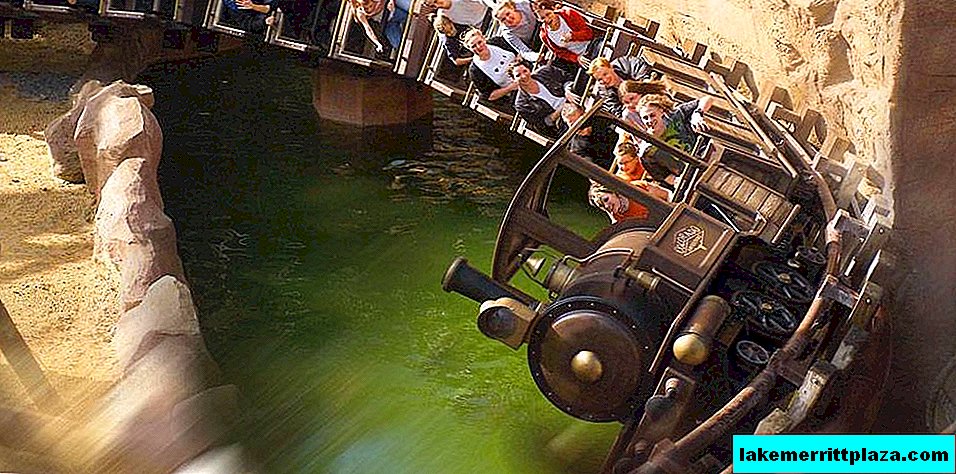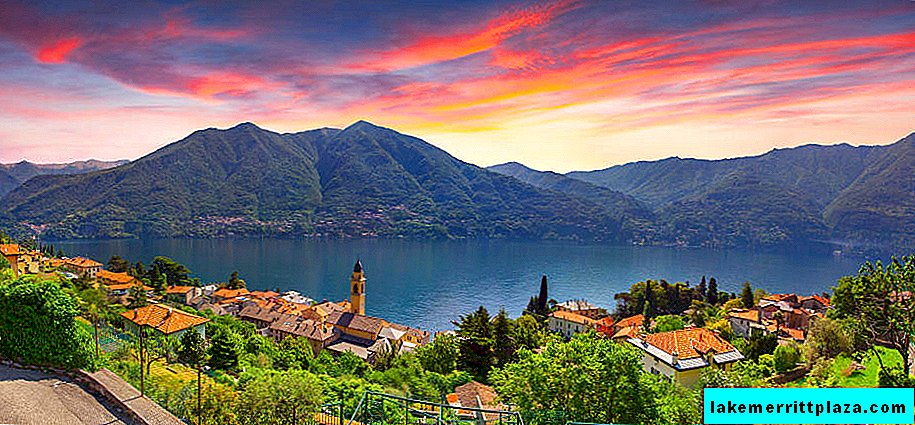Small Italian towns and villages with a history are of particular charm, they make up the main impression of Liguria. Dolceaqua is a small old town located in a valley near the Ligurian Sea and the Italian-French border. Its main attractions, the castle and the bridge, are captured on the canvas of the French artist Monet.

Dolceaqua - stone labyrinths of a medieval mountain village, photo regis dubus
The history of the mountain village
The small town of Dolceacqua or Dolceacqua, which is often called the "mountain village", stands at the foot of Mount Rebuffao, in the Nervia Valley, Liguria region. This land belonged to the counts of Ventimiglia in the Middle Ages. In the middle of the XII century a castle was laid here, which later became the core of the town. In 1270, the city passed to the admiral of the Genoese fleet - Oberto Doria; in the 16th century it was captured by the Savoy dynasty; in the XIX century - became part of the Sardinian kingdom.
The bridge is a symbol of Dolceacqua
About two thousand people live in the commune of Dolceacqua. The river Nervia flows through the center of the village, it divides the town into new and old parts: Borgo (Borgo) and Terra (Terra). The coast is connected by a convex stone bridge - a symbol of Dolceacqua. This bridge impressed Claude Monet, who visited here in 1884. The artist called it "the pearl of lightness" - gioiello di leggerezza. Monet painted a bridge over Nervia on several famous canvases.

Bridge over the Nervia River, photo Fabrizio

Monet's work, photo photopoesie
Old city
Doria Castle (Castello Doria) dominates the historical ensemble of Dolceaqua. Around it are built houses with bright tiled roofs. The old city makes a stunning impression on tourists. Its narrow cobbled streets merge into continuous mazes of high gloomy walls of rough stone. All of them lead to the castle. A strip of light penetrates these stone tunnels only from above, and at night it is completely dark. Through the entire old center, from the main square to the castle, passes the Scasasse gallery street. Steps overgrown with wild grass climb a steep castle hill.

Dolceacqua Street, photo by Andrea Pesce

Another street, photo by Federico

City square, photo by marco piccardo
Dolceacqua has art and craft workshops, local produce shops, and wine cellars (the red wine Rossese di Dolceacqua is produced here). The town preserved the church of St. George (Chiesa di San Giorgio) of the 11th century, in the crypt of which the graves of Stefano Doria (1580) and Giulio Doria Stefano Doria (1608) are preserved. The Pinacoteca Morscio art gallery is open (you can visit it only by appointment).
Doria Castle
Doria Castle in 1745 was almost completely devastated during the war, the earthquake of 1887 finally turned it into ruins. From the stone stronghold that once guarded the entrance to the Nervia Valley, only three towers remained: two rectangular, one cylindrical. Today, concerts are held on these ruins, and performances are staged.

Old and new city, photo by alessandro calzolaro








